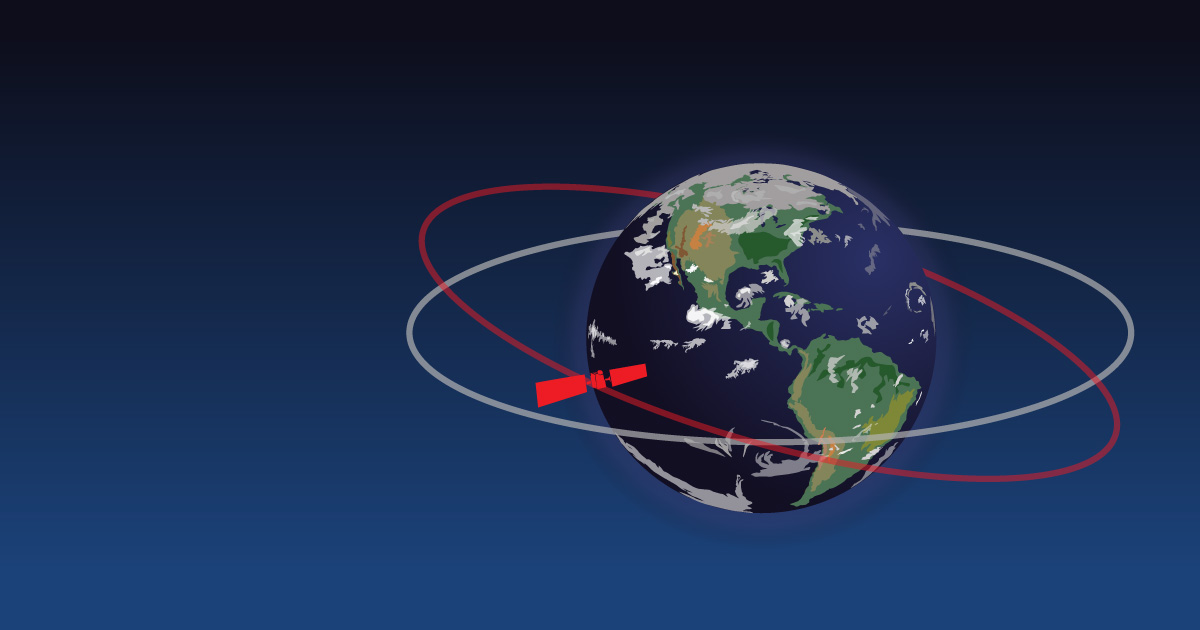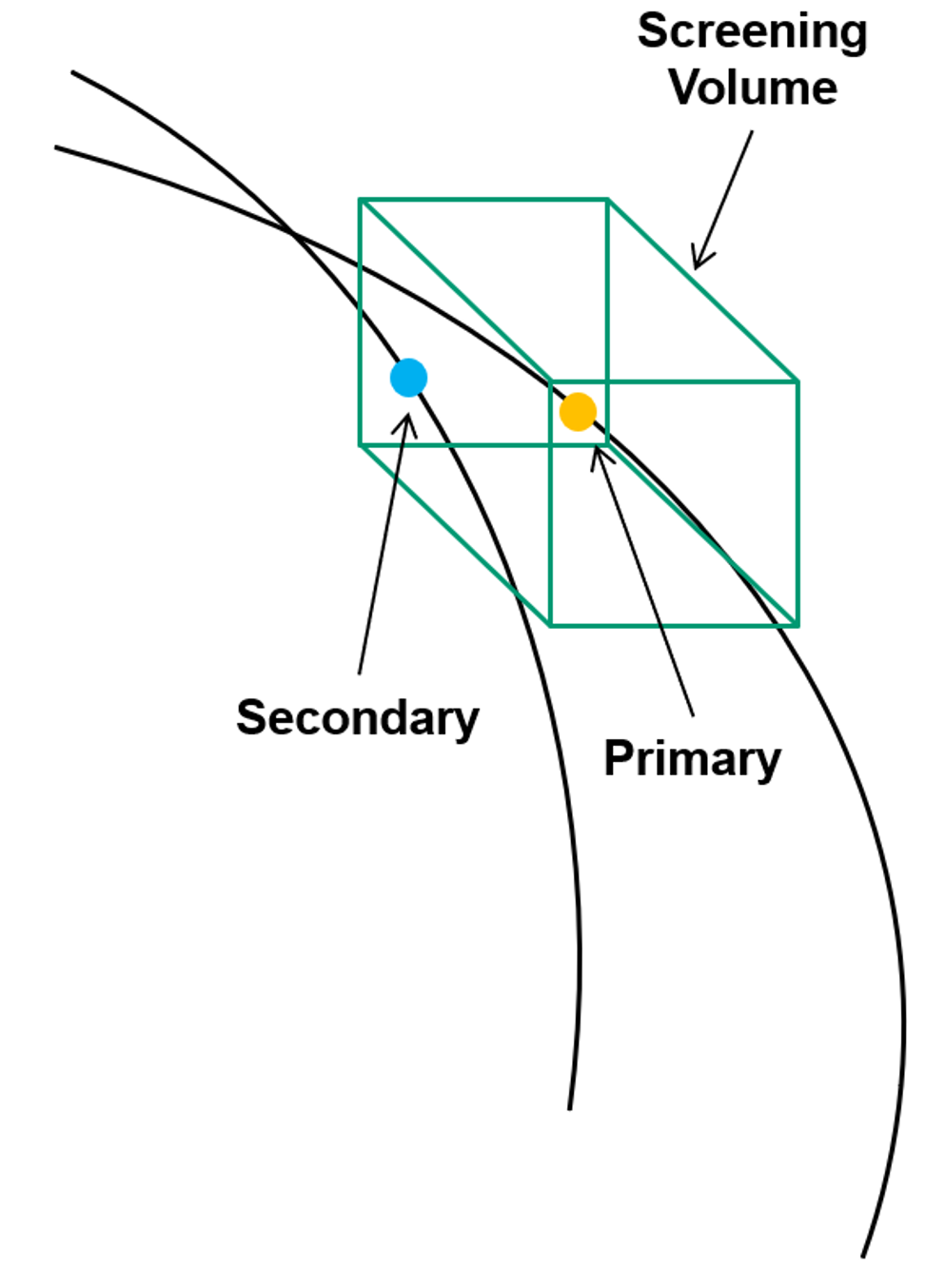The first step in collision avoidance orbital safety is to determine, under present practice about a week into the future, which space objects will come within proximity of a protected space asset, such as one of NASA’s scientific missions. To identify these close approaches, it is necessary to know the future predicted positions of both the protected asset (called the “primary” object) and all of the other known objects in space. In general, the protected asset is an operational payload, and such satellites produce predicted ephemerides that indicate their “state” (position and velocity) and “covariance” (expected uncertainty about that state) at regular time-points (in Low Earth Orbit (LEO) usually one-minute time steps) out several days into the future. For the other known objects, statements of their position are either ephemerides that they produce and share (if they are active satellites) or ephemerides generated from a space catalogue maintained with tracking data collected by space surveillance sensors. The US DoD space catalogue is the source of this data used by NASA, although other nations and some commercial companies maintain space catalogues as well.
Conjunction Assessment (CA) screenings are typically conducted by constructing a volumetric region about the primary object’s position, then moving that volume along the predicted ephemeris, and determining whether any of the other catalogued objects penetrate this volume. Any objects thus identified represent potential conjunction threats and are thus called conjunctors and also “secondary” objects in a conjunction (in contrast to the primary object, which is the protected asset). In the diagram at right, the screening volume is shown by the green rectangular prism and is centered on the primary object, represented by the yellow dot. The blue dot, representing a secondary object, is within the box during this screening and thus has been identified as a conjunctor. For the CA screenings run by the US Space Force’s 18th Space Defense Squadron, which at present is the principal provider of screening information for the space community, each screening volume penetration generates a Conjunction Data Message (CDM). This message includes conjunction summary parameters, the states and covariances at the two objects’ time of closest approach (TCA), and amplifying information about the orbit determination used to generate these states and covariances.
It is important to recognize that CDMs are not collision warnings—no actual assessment of collision risk has been performed in generating them. Rather, they are proximity alerts, pointing out situations in which a serious close approach is possible. It is rather like the back-up radar in luxury cars: when the radar starts beeping, it does not mean that the driver is going to hit something; instead, it points out a situation in which is collision is possible and enjoins the driver to exercise some additional care. This is why the next step in the CA process is to subject any received CDMs to a collision risk assessment process.



























